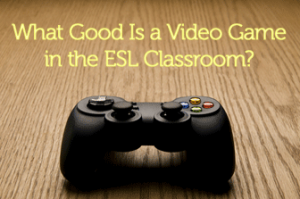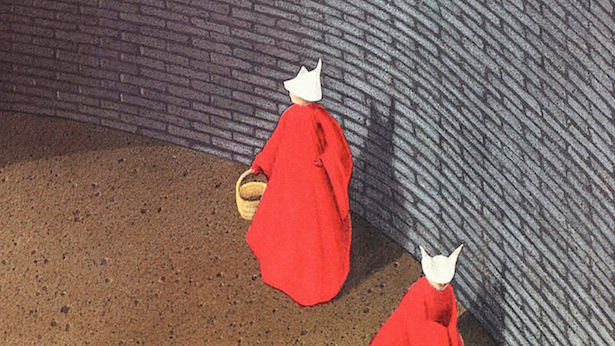
We often, or at least I, think of constructing and sharing stories in the form of talking over dinner and a glass of wine, or on the front porch during a fall sunset just as the fireflies begin sprinkling out; stories are generally thought to be read in books where you become so engrossed within the pages that you quite literally fall in love with one character while simultaneously loathing the thought of another; stories take form when answering questions about our days, or lives, and while imagining the life of a stranger walking down the street, and when attempting to determine if we want to have coffee with a new acquaintance. Some of us, you don’t have to admit it, watch documentaries of others’ stories in hopes that our narratives will begin to make sense in a world filled with endless experiences – someone must understand. We post Facebook statuses about our days, what we ate, our cats, and what we hope to accomplish and, before we rest our lonely eyes, we check to see how many likes (people acknowledging our experience) we have; we tweet about our snuggie romances, our rallies and protests, our professors, and the annoying person next to us on the bus because, again, we want to connect with the world at large. Rarely, however, do we ponder the stories that emerge from a video game (unless we’re immersed in it), or the backstory to Cards Against Humanity. How do and why do the stories we have matter so much to the games we play?
 By now, you’re probably wondering about my obsession with stories. So, I’ll tell ya: I teach ESL; I’m also currently getting my PhD in Second Language Studies at Purdue. I’ve engaged with people from all over the world and have had to negotiate cultural, linguistic, and social barriers in a classroom where all of my students are expected to meet the same objective, the same standards (formal, academic English). I can’t do this without first understanding the stories my students are bringing with them to the classroom, and them understanding mine. Consequently, the first assignment I engage with in my composition classroom(s) is a narrative. Typically, we talk about what a narrative is, where they come from, who tells/writes them, and why they resonate with us. Then, we read a few, we brainstorm topics (me included), we write (me as well), and we share (me again). We do this for a plethora of educational, psychological and social reasons – I can write more about that later. Lately, however, I’ve been thinking about how implementing games into this narrative assignment might enrich it and bring a new multiliteracies perspective that can be transferable across disciplines, learning styles, and careers (I’ll probably talk a lot about transfer).
By now, you’re probably wondering about my obsession with stories. So, I’ll tell ya: I teach ESL; I’m also currently getting my PhD in Second Language Studies at Purdue. I’ve engaged with people from all over the world and have had to negotiate cultural, linguistic, and social barriers in a classroom where all of my students are expected to meet the same objective, the same standards (formal, academic English). I can’t do this without first understanding the stories my students are bringing with them to the classroom, and them understanding mine. Consequently, the first assignment I engage with in my composition classroom(s) is a narrative. Typically, we talk about what a narrative is, where they come from, who tells/writes them, and why they resonate with us. Then, we read a few, we brainstorm topics (me included), we write (me as well), and we share (me again). We do this for a plethora of educational, psychological and social reasons – I can write more about that later. Lately, however, I’ve been thinking about how implementing games into this narrative assignment might enrich it and bring a new multiliteracies perspective that can be transferable across disciplines, learning styles, and careers (I’ll probably talk a lot about transfer).

When we begin drawing up the plans for our composition classrooms, it’s imperative that we consider the media, cultural, and linguistic diversity that we’ll be encountering: how do students engage with different texts socially and personally? Answering this question informs our practices which fundamentally influences students’ learning processes. For me, this means looking beyond the traditional textbook and playing. I’ve never been more inspired to this than when I played Submerged for the first time. Briefly, without giving too many spoilers, Submerged focuses on the sibling relationship of a brother and a sister, Taku and Miku, fleeing an abusive home and landing in a post-apocalyptic setting where everything aside from the tops of buildings have been immersed. The motivating factor for this game is the brother’s failing health; in order to save him, the sister must venture out into this unknown world to find first-aid supplies. Throughout her exploration, you learn about their story, the city’s story, and about the creatures. However, there is no traditional dialogue, there is no real use of English aside from a sentence Miku speaks just before each search for supplies, and there’s no real interaction with anyone else – it’s you, the game, and the narrative you construct with the pieces provided. This non-traditional engagement with language leaves a lot up to interpretation on the player’s behalf. Because there is no fail-state, combat, or time restriction, you’re completely self-motived to keep pushing forward.
It’s this non-tradi tional use of language and required self-motivation that intrigues me when thinking about using Submerged in the classroom. While students aren’t getting much language input (from reading English and listening to spoken English) directly from the game, it forces them to produce: what are they seeing, what interpretations are they making, what story is being told, and what connections can they make with that story: they, too, are in a new place where they yet don’t understand the backstory. This mangled relationship fosters a lot of potential classroom projects/assignments. Because Submerged is available on Steam, PS4, and Xbox One, access is bit less of an issue (I have the option of using our media room’s laptops in class). While I’ve not fleshed out an entire lesson plan with Submerged, here a few ideas that I have:
tional use of language and required self-motivation that intrigues me when thinking about using Submerged in the classroom. While students aren’t getting much language input (from reading English and listening to spoken English) directly from the game, it forces them to produce: what are they seeing, what interpretations are they making, what story is being told, and what connections can they make with that story: they, too, are in a new place where they yet don’t understand the backstory. This mangled relationship fosters a lot of potential classroom projects/assignments. Because Submerged is available on Steam, PS4, and Xbox One, access is bit less of an issue (I have the option of using our media room’s laptops in class). While I’ve not fleshed out an entire lesson plan with Submerged, here a few ideas that I have:
- Students can collaboratively write a narrative from the perspective of Taku or Miku using the story pieces from the game;
- Students can collaboratively write about their experience playing the game: how would this story be different if they had read it instead of played it?
- Students can do research on abusive relationships and come up with a resource guide (trigger warnings will be implemented with alternate assignments) – students would have to address what their culture says about abuse versus that of the American culture in order to position themselves as liaisons;
- Writing collaboratively about the role of language when telling a story, and then writing a personal narrative in which images are used in conjunction with words;
- Creating a follow up, speculative narrative that extends the end of the game.
Of course there are the other potential assignments, and many discussions about the differences and similarities between fiction and narrative would be had; however, this is certainly a viable starting point that encourages collaborative work (because stories interdependently constructed), engagement with other cultures and literacies, and that problematizes how we talk about “language” and stories.




